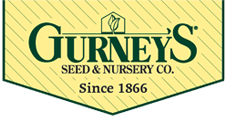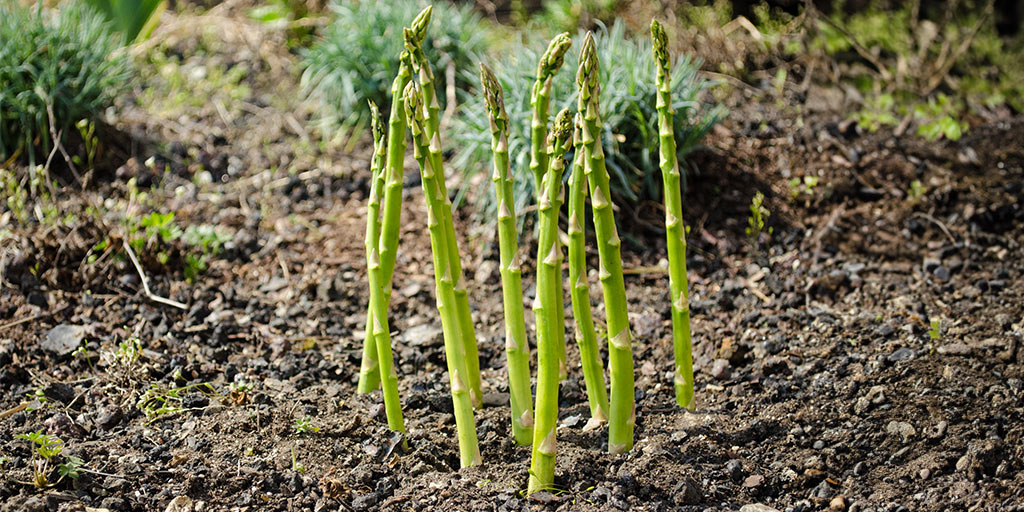For gardeners interested in sustainability and reduced maintenance, perennial vegetables are a perfect choice. Unlike annuals, which require replanting every year, perennials regrow season after season, providing a consistent supply of fresh produce with minimal effort. Here, we’ll explore some benefits of perennial vegetables and some varieties of perennial vegetables that are easy to grow in any garden.
Understanding the Difference: Annual vs. Perennial Vegetables
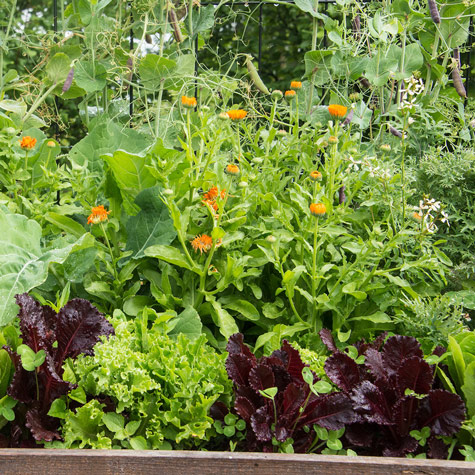
Annual vegetables, such as tomatoes and cucumbers, complete their life cycle within a single growing season, needing replanting each year. In contrast, perennial vegetables have a multi-year life cycle, allowing them to regrow from their roots each spring. This makes them a sustainable option, as they reduce both planting time and soil disturbance while providing a reliable harvest year after year.
Asparagus
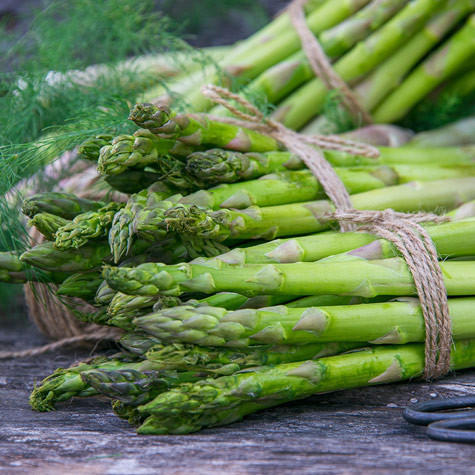
Asparagus is a classic perennial vegetable and a rewarding addition to any garden. Although it takes two to three years from planting to produce a full harvest, asparagus plants can yield fresh, tender spears for up to 20 years once established. This hardy vegetable prefers well-drained, nutrient-rich soil and a sunny spot in the garden. Consider practicing companion gardening to deter certain pests with other crops like tomatoes, parsley, and strawberries. Every spring, it sends up delicious green shoots that can be harvested when they reach about six to eight inches tall, making it a staple vegetable that’s worth the wait.
Rhubarb
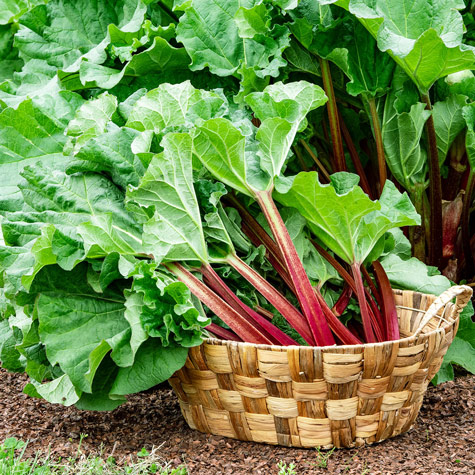
Rhubarb is another popular perennial known for its distinctive red stalks and tangy flavor. It thrives in cooler climates and needs plenty of space, as its broad leaves spread out as the plant matures. Only the stalks are edible (the leaves contain oxalic acid and should not be consumed), but their tart taste makes rhubarb ideal for pies, jams, and sauces. Once planted, rhubarb can be harvested in its second year and will continue to produce stalks each season, providing a beautiful and flavorful addition to any garden.
Jerusalem Artichoke
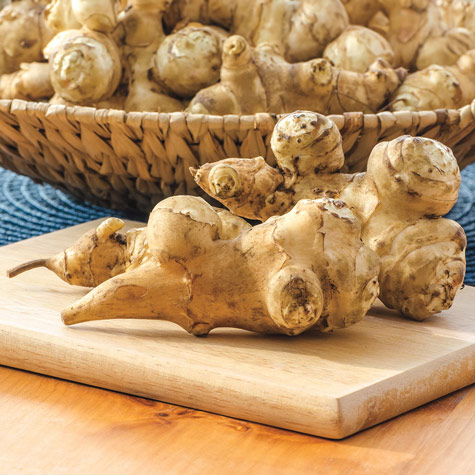
Jerusalem artichokes, also known as sunchokes, are resilient perennials prized for their nutty-flavored tubers. These root vegetables are related to sunflowers and grow tall with bright yellow flowers, adding visual interest to the garden. Jerusalem artichokes grow best in sunny, well-drained areas and can even tolerate poorer soil conditions. Their tubers can be harvested in the fall and enjoyed raw or cooked. Notably high in inulin, Jerusalem artichokes are great for those seeking low-glycemic options, and they require very little maintenance, making them a low-effort, nutrient-packed perennial.
French Tarragon
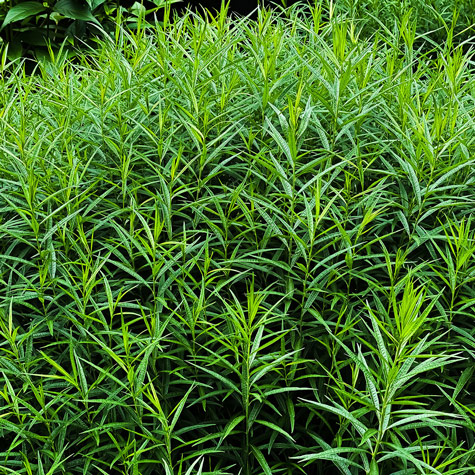
French tarragon is a perennial herb that adds a unique, mild anise flavor to dishes, making it a favorite among chefs and home cooks alike. It thrives in well-drained soil and sunny locations and is quite drought-tolerant once established. French tarragon does not produce seeds and is typically grown from cuttings or root divisions. The plant’s delicate, aromatic leaves are best used fresh and add a flavorful touch to salads, sauces, and dressings. French tarragon will regrow each year in climates with mild winters, providing a fresh herb option in perennial gardens.
Horseradish
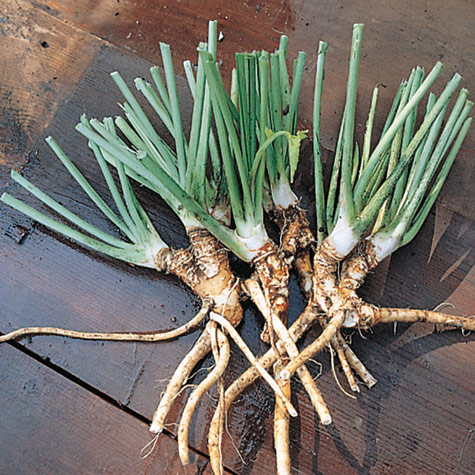
Horseradish is a hardy, low-maintenance perennial vegetable known for its strong, spicy root, which is commonly used in sauces and condiments. This plant thrives in sunny, well-drained locations but can grow in various soil types. Once planted, horseradish spreads easily through its root system, so it’s often best to plant it in a contained area. The roots can be harvested in the fall and offer a bold, fresh flavor that adds heat to a wide range of recipes. Its robust growth and resilience make horseradish a valuable and flavorful addition to any perennial garden.
How Growing Perennial Vegetables Can Save You Money
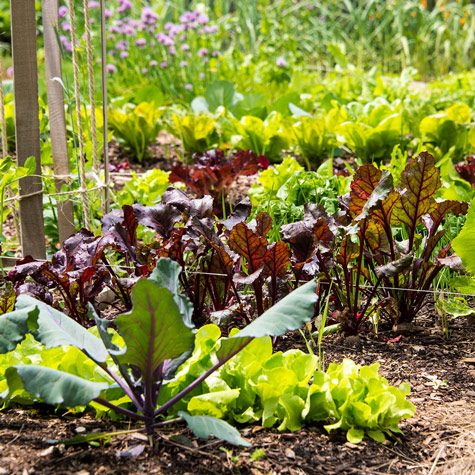
Growing perennial vegetables is not only sustainable but also budget-friendly. Unlike annual vegetables that require replanting each season, perennials keep producing year after year, saving on the costs of new seeds or seedlings. Once established, many perennials are low-maintenance, often needing less water, fertilizer, and pest control. By reducing these recurring expenses and providing a continuous supply of fresh produce, perennials offer an economical, long-term investment for any gardener.
Growing perennial vegetables is an excellent choice for sustainable, low-maintenance gardening. These perennial vegetables, each with its own distinct flavor and uses—offer a diverse range of culinary benefits and are simple to grow and maintain. By incorporating these perennial vegetables into your garden, you can enjoy fresh, homegrown produce year after year with minimal replanting and care.
